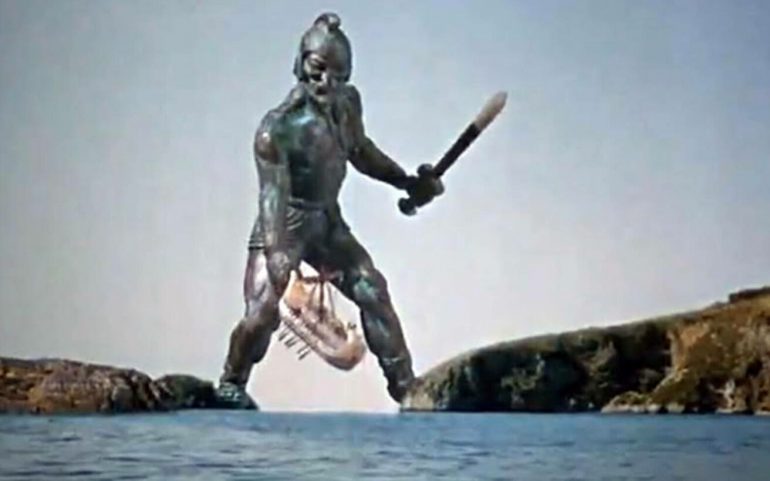The automatics had a special place in the history of ancient Greek technology, constituting a special, distinct and certainly impressive element of the scientific demon of our ancestors.
Heron Alexandreus gave us several descriptions of these robes in his "Automation", as well as the second great Alexandrian engineer, Philon the Byzantine ("Mechanical Pension").
The word "automatic", however, derives its origin from Homer. It is mentioned many times in the Iliad, especially when it comes to Hephaestus, the technologist and blacksmith god:
"What twenty craftsmen he used to make single-legged tripods, On the mainland around his little house to stand wall to wall. "Malamatenia wheels were suitable for everyone at the bottom, with the gods alone in the gathering to enter and return to his house - to confuse your mind!" (Rhapsody S 376).
But also below (S 417): "And they ran beside him to raise the golden queen, two unchanged with living girls; awakening and words and strength, they also have them, and even the immortal gods taught them all female art. And now they were willingly raising their king, and he in Theti is sitting with difficulty on a star-studded throne ".

But also in the Odyssey o Hostage He tells us about the automatic ships of the Phaeacians (I 558): and of all people knowing and fertile fields and states, fast the sea the backs pierce wrapped in cloud and gloom, and they are never afraid of sinking and no harm to suffer ".
These of course belong to mythology. It may have been just mythical visions of high technology. Herodotus also tells us about car statues (nerve splits) that were made by the Egyptians.
But the ancients had real automatons in their society. We know about the automatic dove of Archytas, about automated mechanisms in the theaters, about the sphere of Aeolus and about the famous automatic maid of Philo, the first functional robot in History.
We also know about the hydraulic clock of Ktisivi, a real miracle of automation with continuous operation without human intervention, about the automatic (machine gun) catapult of Dionysios, about the magic (automatic) fountain and so much more.
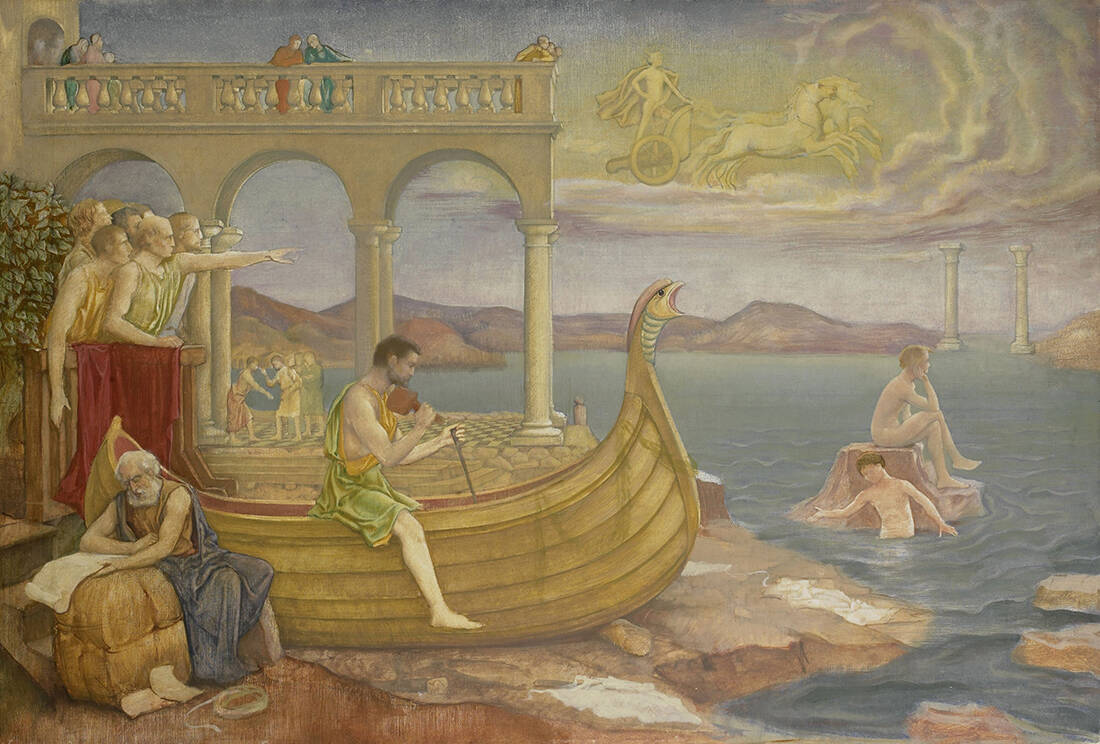
Even automatic opening of doors in the temples after the sacrifices had the Ancient Greek, in what is considered to be the first building automation in human history.
And so fatally the discussion about Talos, the mythological guardian of Crete, focuses on whether it was just fantasy or whether it had some doses of reality.
How advanced technology could the Greeks have had that allowed them to build not only robotic soldiers, but giant war machines that operated autonomously?
Something like early artificial intelligence…

He was huge, anthropomorphic and with a body made of copper. Ancient descriptions describe him in terms we would attribute today to a robot.
And it is indeed in ancient Greek mythology that we find the first descriptions of a mechanical humanoid. A story associated with the Argonaut Campaign, though by no means limited there.
What was this giant bronze automatic that the Argonauts encountered in Crete and was made to look like a human? The guardian of the island, who plowed the beaches and threw huge rocks at enemy or unknown ships.
There are different versions in Greek mythology about its origin. And they all describe him in detail and vividly. Apollodorus tells us in his four-volume "Library" that it was a work of Hephaestus, a gift to Minos to protect Crete from attacks.
Plato wants him to be a real person and claims that he was the brother of Radamanthis and Minos, another child of Zeus and Europe. Like his brothers, he was raised by Asterion, the mythical king of Crete, to whom Zeus entrusted Europe.
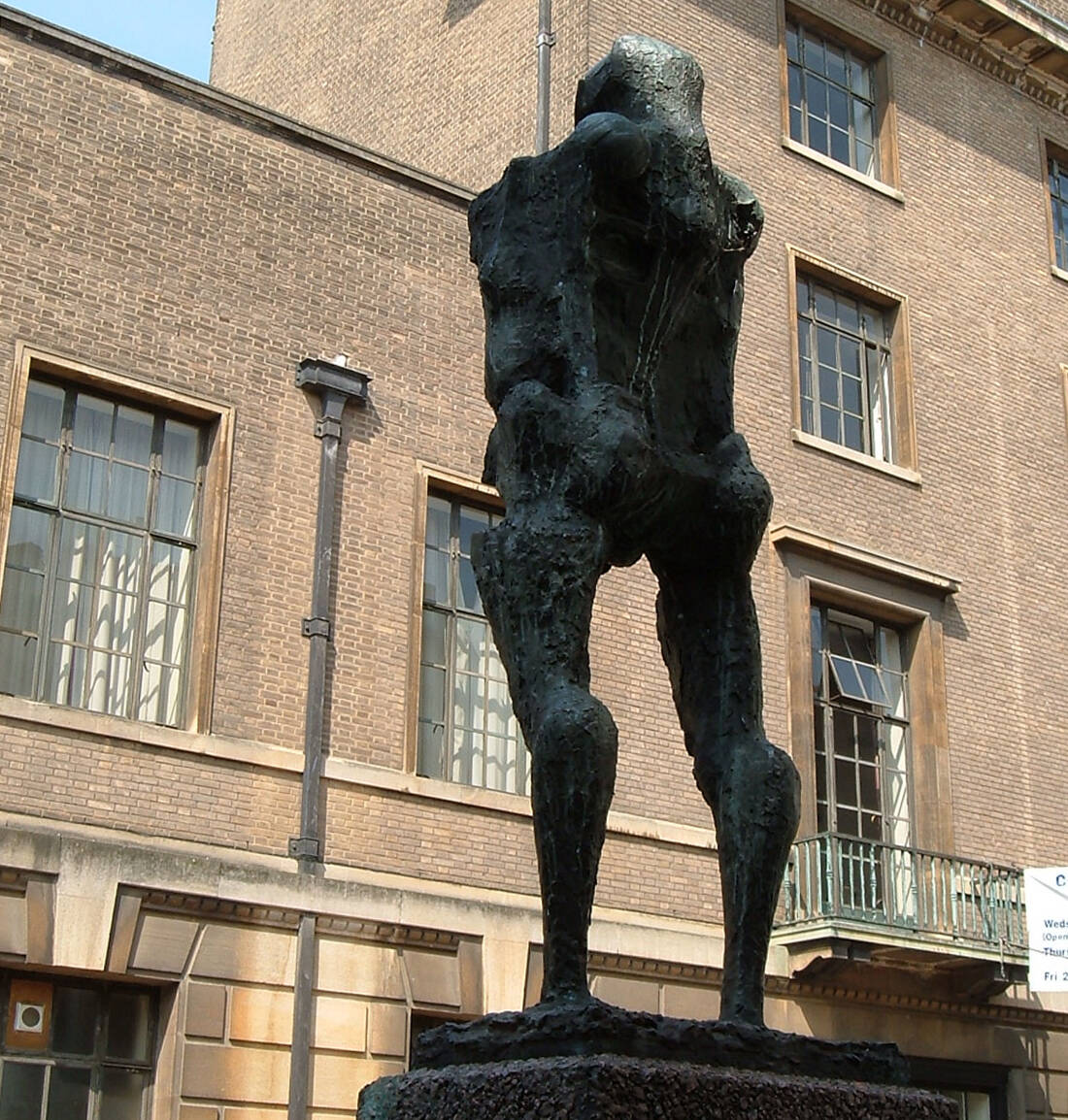
Apollonius of Rhodes tells us a little differently in his "Argonauts". Talos, in this version, was a gift from Zeus to Europe, who then gave it to her son Minos.
Isychios Alexandreus believes that Talos must have been some old solar deity, as "talis" meant "sun", while "Talaios" was the name by which Zeus was known in Crete.
Whatever it came from, the Plato assures us that the hero was tasked with overseeing law enforcement on the island. That is why he always appeared to carry with him the laws of Crete written on bronze plates.
Most sources agree that he was the sleepless guardian of the island, circling Crete three times a day to control its shores. There are also ancient testimonies that show him winged. The wings have been shown solely to give a sense of proportion. Traveling around Crete three times a day is not easy.
Either from land or from the air, Talos threw rocks at the unknown ships, so that they would stay away from the shores.
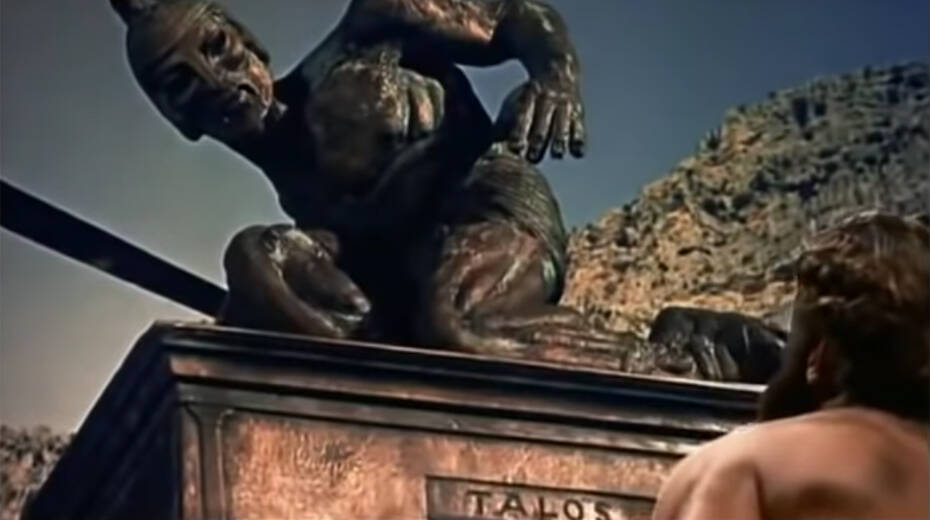
Still others claim that he was the last descendant of an ancient tribe of bronze men. Ancient Greek mythology spoke of the Genesis of Humans, stages of human presence on Earth.
Ο Hesiod and Ovid recognize five (gold, silver, bronze, heroic, and iron). Talos belonged to the third. The people of the Bronze Age were cruel and strong, creations of Zeus from ashes. They brought bronze armor, bronze weapons, and lived in copper houses.
Those who did not die from the mutilation, as they were very violent, were lost in the Flood of Deucalion. Finally, there is another version that wants Talos, the work of Daedalus.
Talos kept at a distance the unknown ships that were approaching Crete by throwing huge stones at them. In fact, if he saw people on Cretan soil, he would either burn them with his hot breath or burn his bronze body in the fire and hug them tightly.
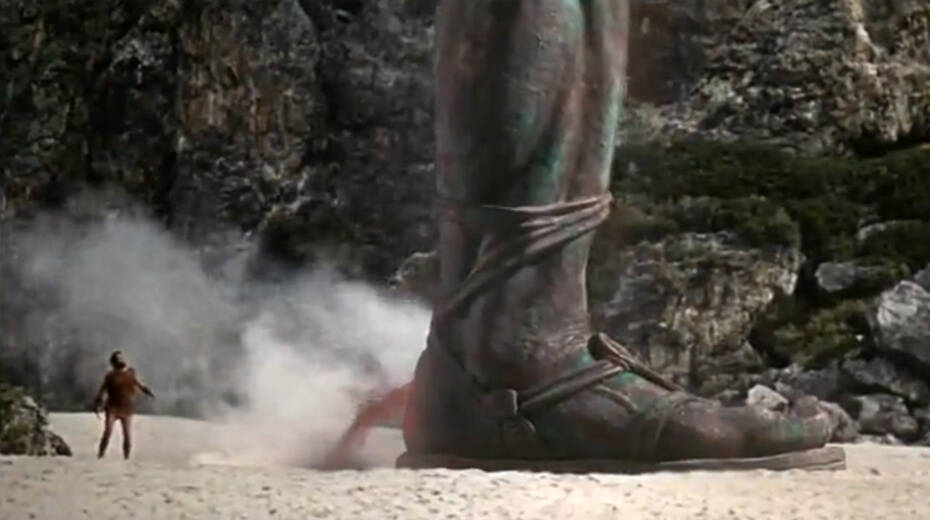
This deadly embrace, the legend tells us, consumed the invaders. Their corpses were found by the Minoans with their mouths open, having testified to the pain and horror. Talos burst out laughing after each triumph.
In addition to monitoring the coasts, he toured the settlements of Crete three times a year to see if the laws were obeyed. That is, what these copper plates that he carried on his back wrote.
Talos appeared in a series of coins Phaistos and was usually portrayed as a young and naked man with wings on his shoulders. This is how the representations of the coins that were withdrawn from the Minoan palaces want him at least.
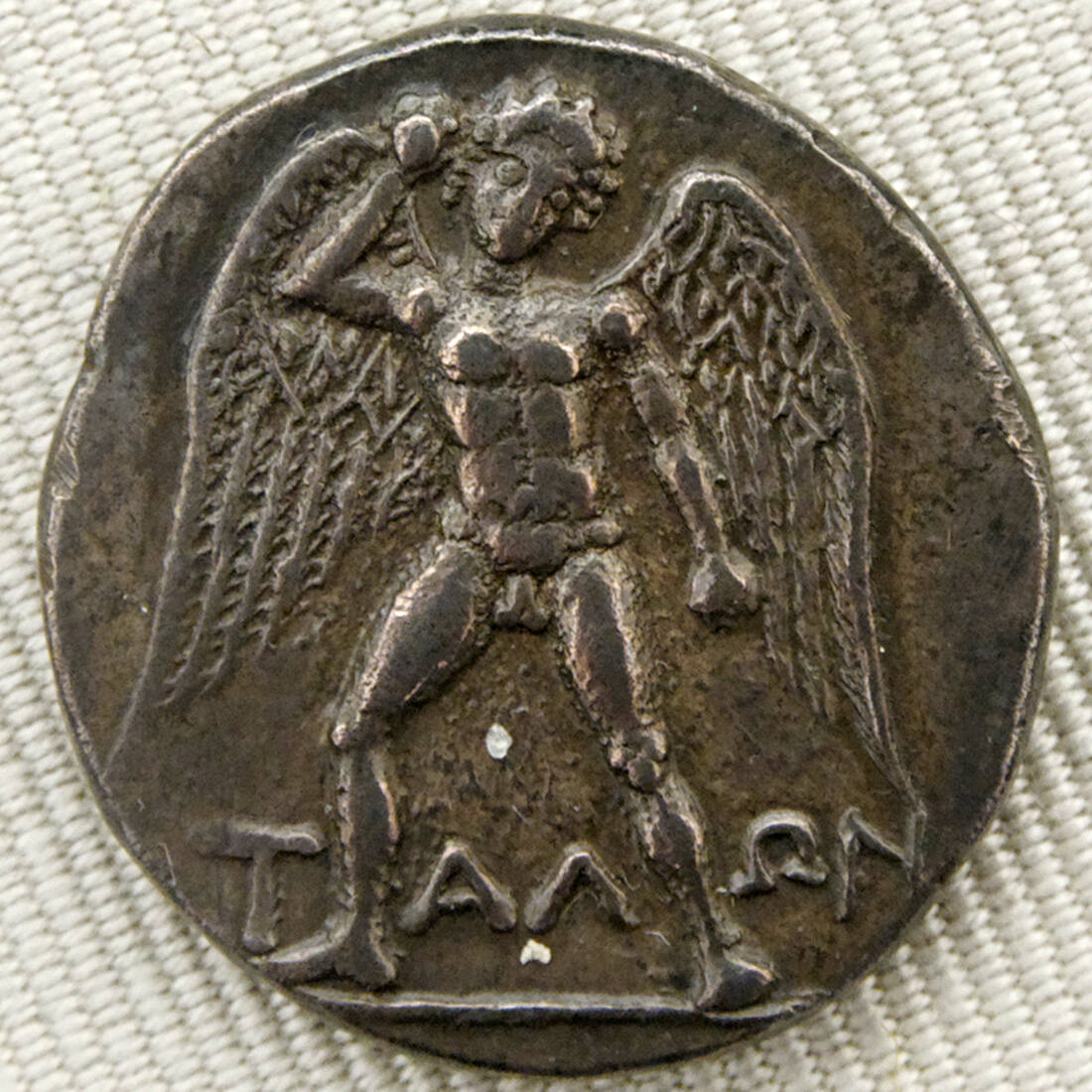
According to Greek mythology, Talos met his end when the Argonauts landed in Crete, returning from Colchis.
Jason and his men moored on the island and were forced to face the bronze giant, who tried to keep them at a safe distance from his rocks.
And they certainly would not have been able to deal with him if they did not have her Medea in Argo, who enchanted him with her words. At the time he was promised eternal immortality, Jason managed to pull the nail out of his heel.
It was the cap for the one and only vein of the giant, starting from the neck and ending at the ankles. His ichor, the golden blood of the gods, was poured out of his body and he died.
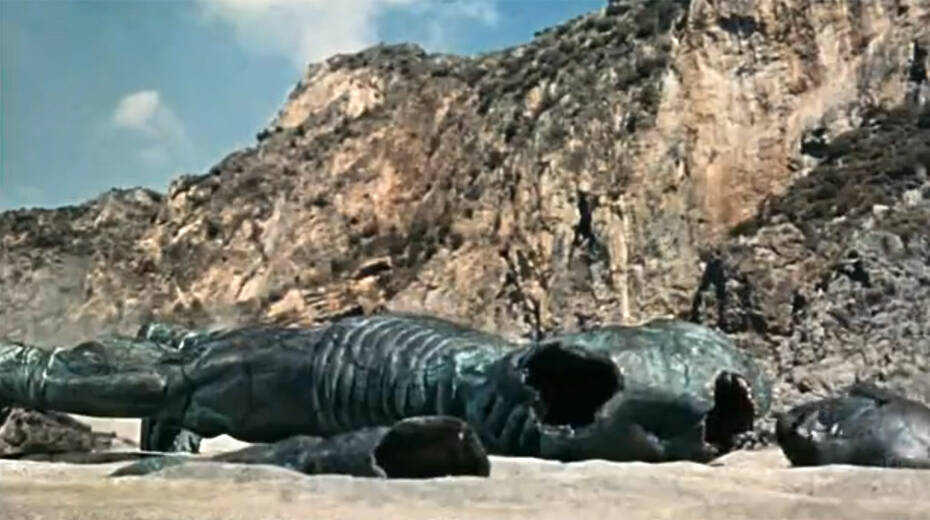
The mighty giant collapsed like a trunk on the beach of Crete. The Argonauts celebrated the victory, equipped themselves with the necessities and left for Iolkos.
In a second version he was also killed by Argonautis Poias, son of Thavmakos of Magnesia and father of Philoctetes, hitting him with an arrow in the same nail. The only vulnerable part of his body.

As technology historians have suggested, however, Talos was not another paradox of Greek mythology. Something just weird in this particular universe of gods and heroes.
It has been argued, for example, that Talos symbolized the power of copper during the Greek Bronze Age (3200-1200 BC), that is, the passage from stone to brass.
Its enormous size is perhaps a metaphor for what skilled coppersmiths could do, how large and sophisticated constructions showed the military superiority of copper as a weapon.
After all, we are at the peak of bronze technology and the military power of the nations was measured in terms of metalworking.
As for its destruction, historians insist that it was perhaps another story of transition from copper to iron now. In the 12th century BC. we have, after all, the Descent of the Dorians and the end of the Late Helladic Period, with the decline of the Mycenaean world.
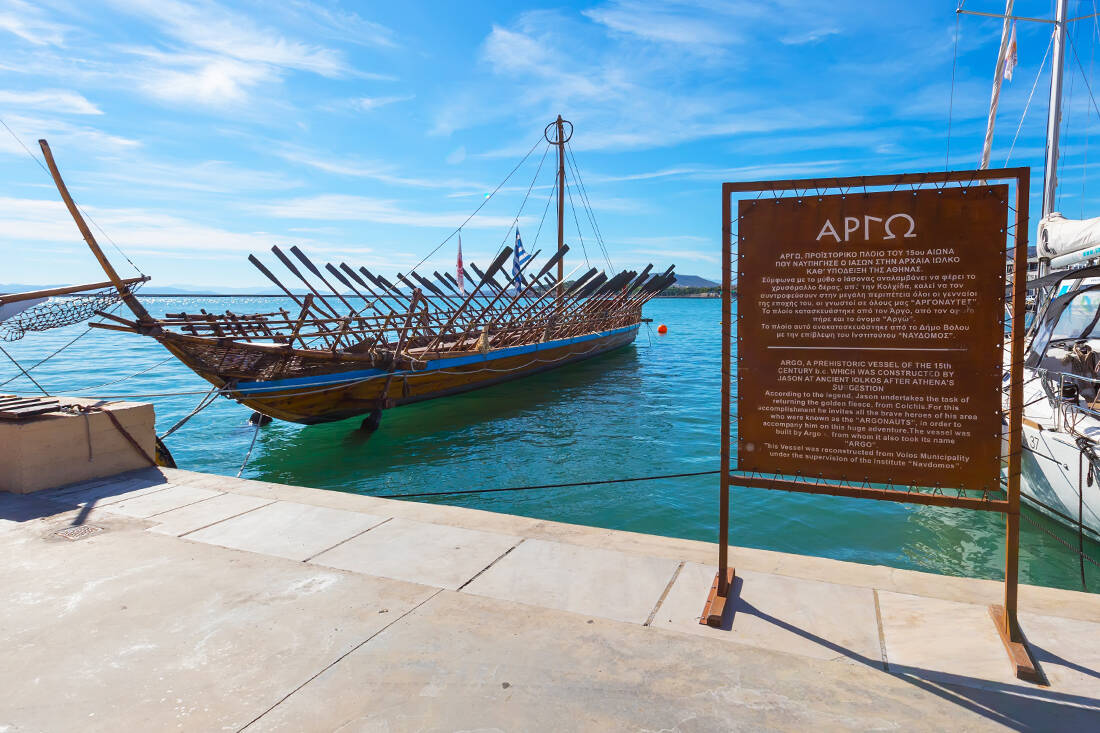
It is not excluded that the Greek tribes that came down from the north had iron weapons and this change from copper to the new and stronger metal mythologically endorsed the loss of Talos. His death was also the end of the superiority of copper.
Of course, apart from its symbolic function, Talos was something completely unique and special, even in terms of modern culture. It was the very embodiment of technological superiority, what man could achieve if he turned his mind in such a direction.
As classical history teacher Merlin Peris tells us in his work "Talos and Daedalus" (1971), Talos was the first robot of the world. "Talos was remarkably futuristic," the academic continues, "symbolizing the scientific potential of the time."
Talos stands as one and only in world mythology. A mighty humanoid robot, a mechanical giant far ahead of its time…
